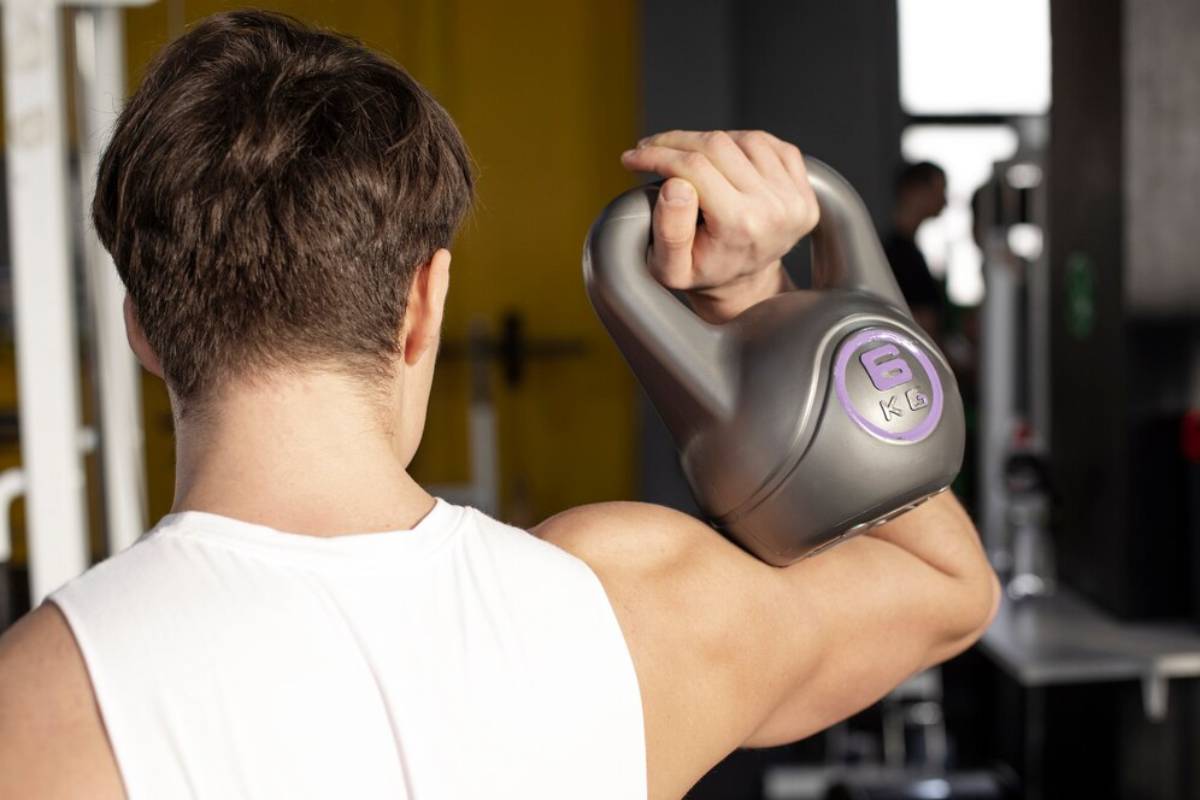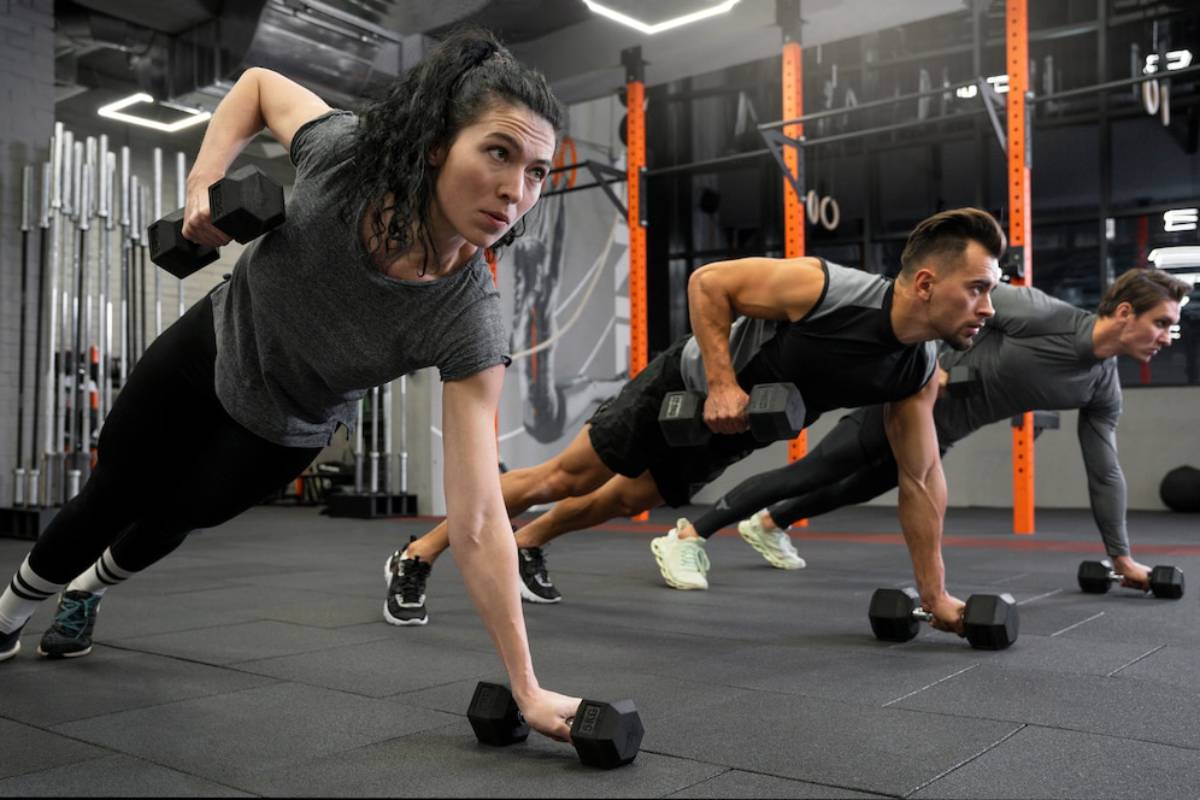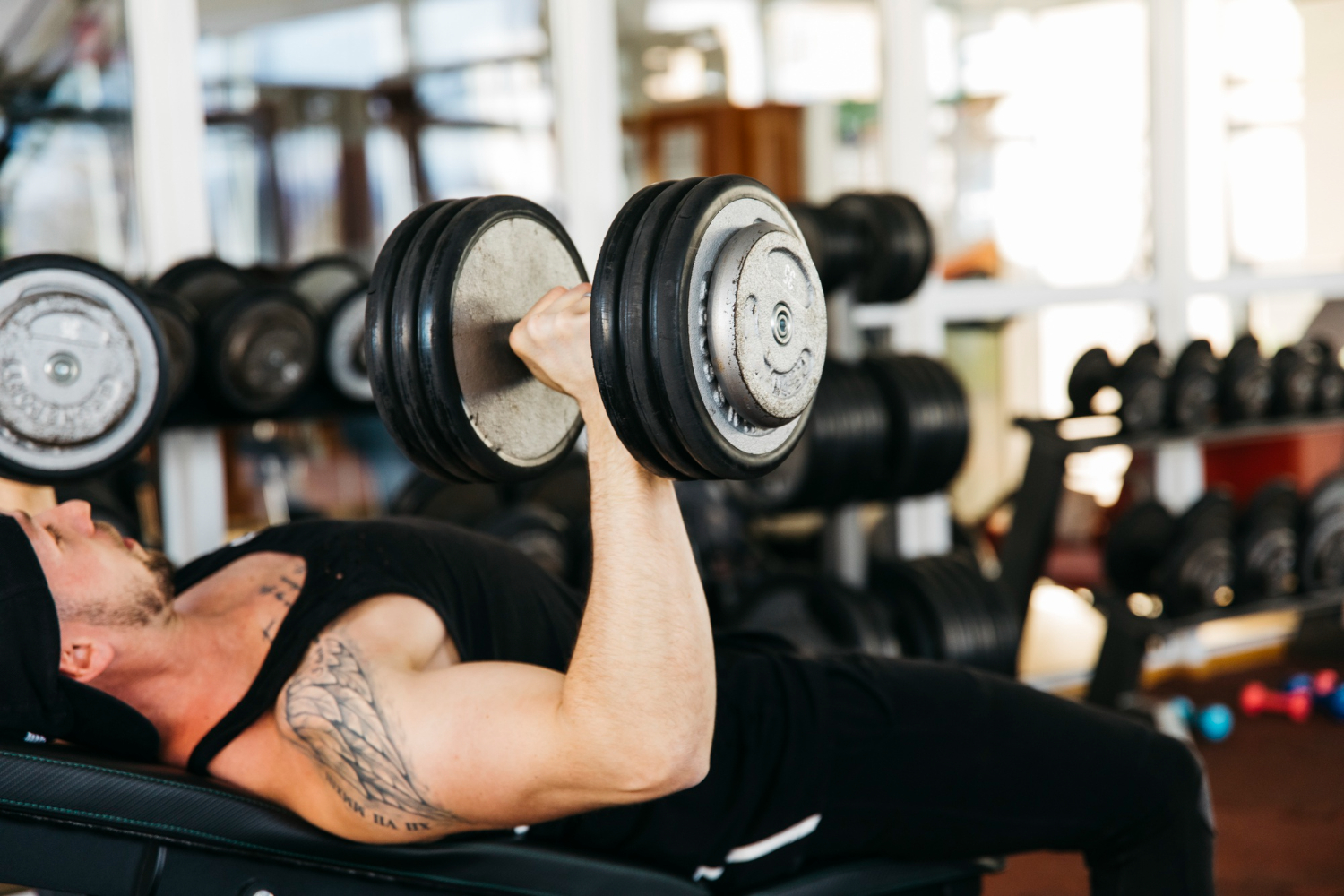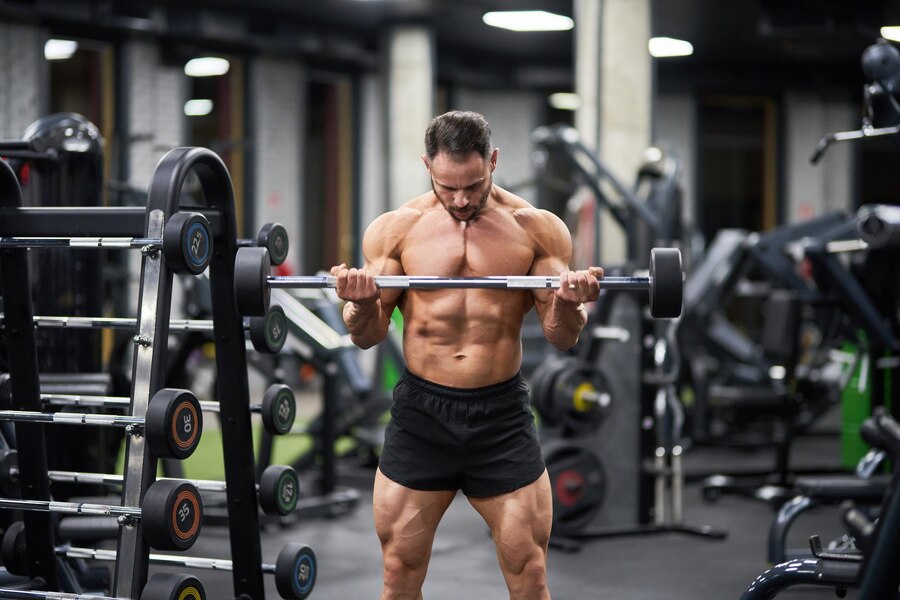
Compound vs. Isolation Exercises: Which Build More Muscle?
In muscle building, there’s an exciting battle: compound exercises vs. isolation exercises. Each plays a vital role in the strength-training showdown. Understanding their unique perks can supercharge your workouts and sculpt a robust routine. Embrace the harmony of both for optimal gains!
In this article, we will look at the main differences between compound and isolation exercises. We’ll cover their pros and cons. Finally, we’ll discuss how to use both types for muscle growth and strength building.
Understanding Compound and Isolation Exercises
What Are Compound Exercises?

Compound exercises use several muscle groups and joints to move together. These movements mimic natural body mechanics, making them highly functional and efficient.
Examples include:
- Squats
- Deadlifts
- Bench presses
- Pull-ups
- Overhead presses
- Bent-over rows
- Lunges
What Are Isolation Exercises?

Isolation exercises focus on a single muscle group and involve only one joint. These movements help you control a specific muscle. So, they are great for targeted development.
Examples include:
- Bicep curls
- Triceps extensions
- Leg curls
- Lateral raises
- Calf raises
- Hamstring curls
- Cable flys
The Benefits of Compound Exercises
1. More Muscle Activation
Compound movements work multiple muscles at once. This approach boosts overall muscle stimulation. This leads to more significant hypertrophy and strength gains.
2. Greater Efficiency
These exercises help you train more muscles quickly. This makes your workouts more efficient.
3. Improved Functional Strength
Compounding exercises boost athletic performance and daily strength. They mimic real-life movements, making them effective. Many sports rely on compound movements, making them essential for athletes.
4. Higher Caloric Burn
Compound movements take more effort, so they burn more calories. This makes them great for fat loss and muscle building at the same time.
5. Increased Hormonal Response
When larger muscle groups are activated, they release more hormones that build muscle. This includes testosterone and growth hormone.
The Benefits of Isolation Exercises
1. Targeted Muscle Development
Isolation exercises help you target specific muscles. This focus is key for balanced muscle growth.
2. Injury Recovery and Rehabilitation
These movements help rehab weaker muscles. They do this without stressing nearby joints.
3. Enhanced Muscle Definition
Bodybuilders and physique athletes do isolation exercises. They use these moves to shape and define specific muscles. This helps them look better overall.
4. Muscle Imbalances Correction
Isolation exercises can fix imbalances if one muscle group is weaker. They strengthen specific muscles.
5. Joint-Friendly Alternative
Isolation exercises help people with joint pain or past injuries train without putting too much stress on their bodies.
Compound vs. Isolation: Which is Better for Muscle Growth?
1. Strength Gains: Compound Wins
Compound lifts use heavier weights, which boosts strength. This helps with progressive overload, a main factor in muscle growth.
2. Muscle Hypertrophy: Combination is Key
Compound exercises build overall mass, but isolation exercises target specific muscles for better growth. Using both allows for optimal growth.
3. Workout Efficiency: Compound is Superior
For people with limited time, compound exercises give the best results quickly. However isolation exercises can target specific muscle groups that compound movements might miss.
4. Injury Prevention and Recovery: Isolation Takes the Lead
Isolation exercises are safer and more effective for recovery or targeting weak muscles.
5. Progressive Overload and Periodization
Mixing both types of exercises promotes balanced growth and stops overtraining certain muscle groups.
How to Incorporate Both for Maximum Gains
1. Prioritize Compound Movements
Start workouts with heavy compound lifts to maximise strength and muscle activation.
2. Use Isolation for Weak Points
After compound exercises, use isolation movements to strengthen lagging muscles. This strategy ensures every muscle receives adequate attention.
3. Train Based on Goals
- For Strength: Focus 80% on compound exercises and 20% on isolation.
- For Muscle Size: Aim for a 60-40 split between compound and isolation.
- For Muscle Definition: Increase isolation work to refine muscle shape.
4. Implement Progressive Overload
To keep growing, slowly boost the resistance, reps, or intensity of your compound and isolation exercises.
5. Periodize Your Training
Incorporate phases that emphasise different training styles, ensuring balanced development and continuous progress.
6. Balance Training Volume
Overdoing compound lifts can cause fatigue. Balancing intensity with isolation movements helps maintain progress and prevents overtraining.
Common Mistakes to Avoid
1. Neglecting One Over the Other
Ignoring isolation exercises can cause muscle imbalances. But focusing too much on them can also reduce your overall strength gains.
2. Using Poor Form
Heavy compound lifts need a good technique to prevent injuries. Isolation movements require careful execution to effectively target muscles.
3. Not Adjusting for Individual Needs
Some people do better with more isolation exercises, but others excel with compound movements. Experimenting with both helps find the right balance.
Conclusion: Compound or Isolation?

There is no definitive winner between compound and isolation exercises. The best approach is strategically using both based on individual goals, weaknesses, and training history.
- For overall strength and efficiency, compound exercises should be prioritised.
- Isolation exercises are key for sculpting, fixing imbalances, and healing from injuries.
Both compound and isolation exercises have their place in a well-rounded training program. Compound exercises boost overall strength and size. Isolation exercises focus on specific muscles and enhance definition. By combining both strategically, you can achieve optimal muscle growth and strength gains.
For optimal gains, let compound exercises be your cornerstone. Layer in isolation moves to target those underdog muscles. Tailor your training volume to align with your aspirations. Embrace progressive overload to keep soaring ahead.